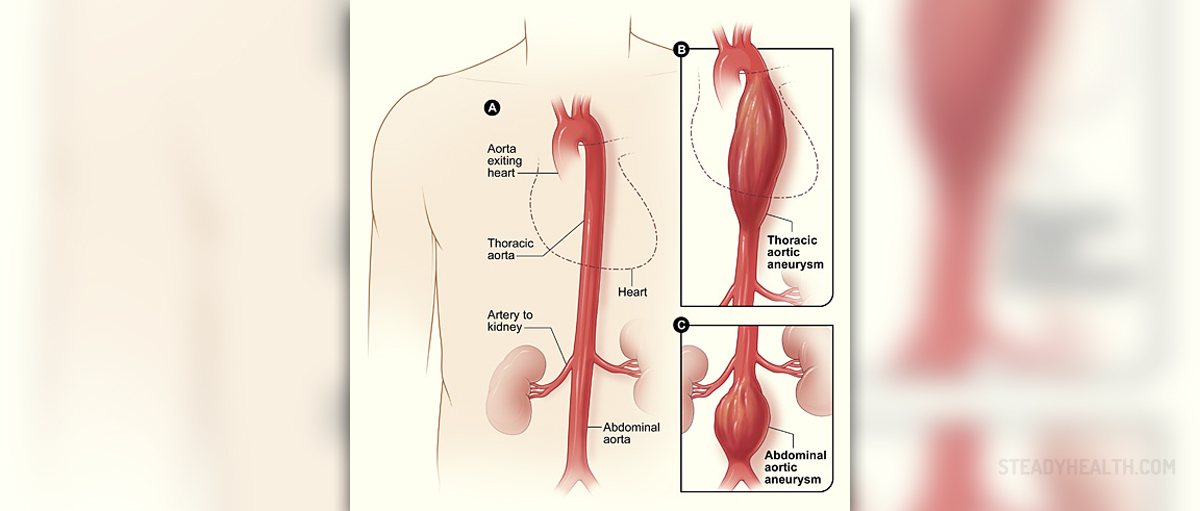
Atherosclerosis is a condition in which plaque builds up in arteries leading to their blockage. Atherosclerosis symptoms usually do not occur until blood circulation becomes restricted or blocked. This can trigger cardiovascular diseases (CVD). Atherosclerosis can cause several medical conditions such as peripheral arterial disease, angina, aneurysm, heart attack and stroke.
Peripheral Arterial Disease
This condition is also known as peripheral vascular disease and it is caused by build up plaque in the major arteries that blocks blood flow to the limbs, most often to the legs. Peripheral arterial disease is associated with pain in the legs that is often present in thighs, hips or calves. Leg pain or cramping is usually triggered by activity like walking or climbing stairs. The pain may disappear when affected person rests. Apart from the pain, peripheral arterial disease can cause leg numbness or weakness, sores on the feet or legs that never heal, change in the color of the skin on the legs, hair loss on the legs and feet, thickening of toenails and impotence in men.
Angina
Angina occurs due to insufficient supply of oxygen-rich blood to the heart. Major symptom of angina is chest pain or discomfort. The pain doesn’t last long and goes away after few minutes of rest. However, angina pain may spread to left arm, neck, jaw, and back. This pain can be triggered by cold weather or after a meal. Other symptoms of angina include: breathlessness, nausea, fatigue, dizziness, belching and restlessness.
Aneurysm
Aneurysm occurs due to weakness in the walls of blood vessels. This is usually caused by atherosclerosis. Aneurysm most commonly develops in the brain (intracranial aneurysm) and inside the aorta (aortic aneurysm). Aneurysm is actually widening or ballooning of the blood vessel that may in severe cases rupture and lead to dangerous internal bleeding and organ damage. Ruptured aneurysm requires emergency. Symptom of ruptured aortic aneurysm is sudden and severe pain in the middle or side of the abdomen. This pain can spread out to the scrotum in men. Ruptured intracranial aneurysm leads to sudden and severe headache.
Heart AttackHeart attack occurs due to a blood clot that blocks blood flow to the heart. This can be due to ruptured plaque in the coronary arteries that can lead to formation of a blood clot. Symptoms of heart attack include chest discomfort and feeling of squeezing, pressure and tightness. Pain can be felt in the arms, jaw, neck, back and abdomen. Other symptoms include shortness of breath, nausea, lightheadedness, cold sweat, coughing and wheezing.
Stroke
Stroke is caused by blocked blood supply to the brain by a blood clot. Stroke symptoms include sudden numbness or weakness of the face, arm and leg on one side of the body, confusion, slurred speech, dizziness, loss of balance, severe headache paralysis and sometimes loss of consciousness.


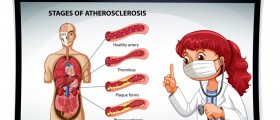
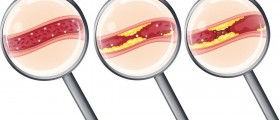

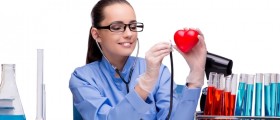

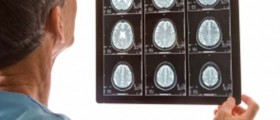
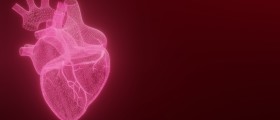


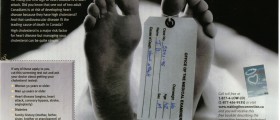

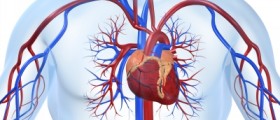

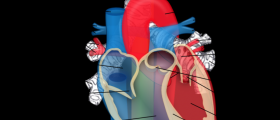

Your thoughts on this
Loading...